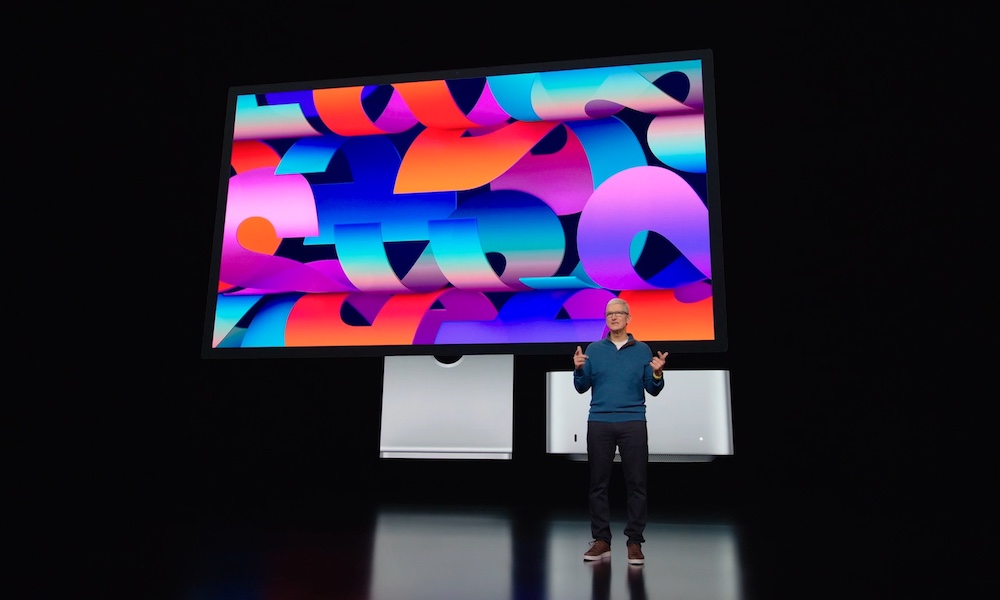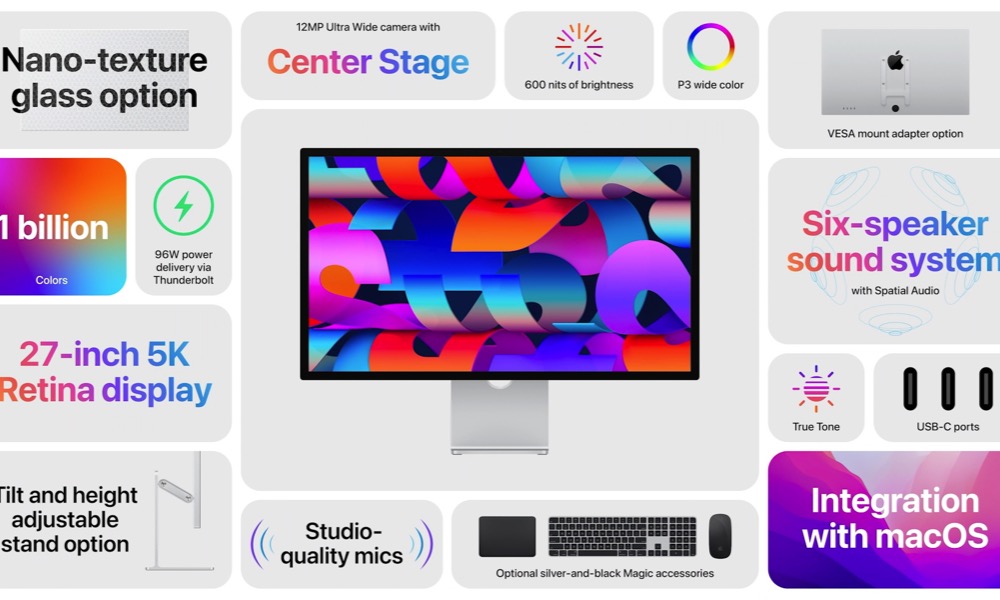Here’s Why Apple’s Studio Display Needs an A13 Chip from the iPhone
 Credit: Apple
Credit: Apple
Toggle Dark Mode
One of the most surprising things about Apple’s new Studio Display — apart from its affordable price, that is — was the inclusion of Apple’s A13 Bionic SoC.
After all, as impressive as the Apple Studio Display is, it’s still just a display. Why would a display require the same chip that powers the entire iPhone 11 lineup?
It’s a fair question. The A13 is the chip that introduced some of the most advanced computational photography techniques to ever come to the iPhone, including technologies such as enhanced night photography and Deep Fusion intelligent photo analysis. Apple boasted that its neural engine was capable of performing one trillion machine learning operations per second, and it still runs circles around the processors found in most desktop PCs.
Now, it’s come to Apple’s Studio Display, which is pretty incredible when you think about it. Even the latest Apple TV 4K only packs in an older A12 chip, while the HomePod mini uses the same S5 chip found in the Apple Watch Series 5.
Of course, Apple wouldn’t put such a powerful chip into the Apple Studio Display unless it was strictly necessary, and the presence of the A13 Bionic highlights just how much the Studio Display is actually capable of.
The folks over at The Verge were determined to find out exactly why the Apple Studio Display needed a powerful iPhone chip to do its thing, so they reached out to Apple to get some answers, and it turns out there’s a method to Apple’s madness.
Firstly, it’s important to keep in mind that the Studio Display has numerous features that need to be powered by the display itself, such as:
- A 12-megapixel Ultra Wide camera with Center Stage support.
- A six-speaker sound system with Spatial Audio and Dolby Atmos support.
- A studio-quality three-mic array with directional beamforming.
- Support for “Hey Siri.”
According to Apple, nothing less than the A13 Bionic would be capable of pulling this all off.
That’s not necessarily all that surprising, since features like Center Stage and Spatial Audio are mostly limited to A13-equipped iPhones and iPads. Spatial Audio with Dolby Atmos in Apple Music can technically run on an A12, since it’s supported on the iPhone XS/XR. Center Stage requires special camera hardware, so it isn’t available on older devices, although the ninth-generation iPad supports Center Stage, and it uses an A13 Bionic.
In addition to letting the display’s webcam dynamically adjust its zoom range and follow you around the room, it also acts as an image signal processor (ISP) to enhance the image, much like what Apple introduced in the 27-inch iMac nearly two years ago.
Lastly, the A13 Bionic also processes “Hey Siri” requests right in the display hardware, only interacting with the connected Mac when the wake command has been confirmed.
“Hey Siri” support on Studio Display requires a connection to a Mac. Studio Display leverages low power, always on processing to detect the “Hey Siri” wake command privately on device. Only when the “Hey Siri” command is detected does Siri start listening and processing a request.Apple spokesperson, in a statement to The Verge
This brings the “Hey Siri” experience to Apple’s desktops, almost none of which support this on their own. In other words, connect an Apple Studio Display to even a $699 Mac mini, and you’ll get full support for “Hey Siri” on that device.
To be clear, you’ll still need to have the display connected to a compatible Mac to pull this off. For one thing, the Studio Display doesn’t have built-in Wi-Fi, so it has no way of connecting to Siri, but it also appears that Apple lets the connected Mac handle the rest of the conversation once things get started; the A13 just listens for the wake phrase and then passed it on to the Mac.
Apple also told The Verge that the Studio Display can receive firmware updates, as long as it’s connected to a Mac running macOS Monterey 12.3 or later. While those will likely just be bug fixes and performance enhancements, it does leave the door open to using the A13 to do even more someday, but Apple isn’t saying what it might have in mind for the future of the display; if anything.








